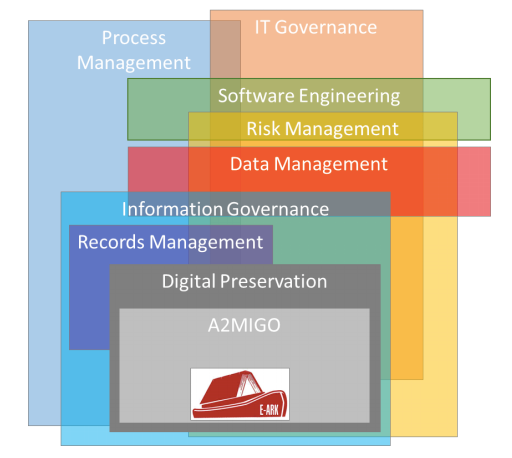Andrea Goethals works at the National Library of New Zealand
Recently I unexpectedly found myself with extra time on my hands, as I was preparing to take a new position halfway around the world. Like most of you, I’m assuming, I normally don’t get the time to go back and reread some of my favorite digital preservation papers, discover new favorites I missed previously, or to follow the sourced papers to see where it takes me. Because my interests lie in what it takes to build and grow effective digital preservation programs, I focused on preservation requirements, capability criteria, maturity models, self-assessments, risk assessments, audits and certifications. Besides all the benefits that come from rereading these guidance documents, papers, and standards; several things struck me in the process that I’d like to share with you.
The first was the number of assessment criteria and tools we have accumulated in digital preservation. If asked to name them, I think many of us would include TRAC, ISO 16363, DSA, nestor/DIN, and possibly a few others. In reality, there have been many versions and variations of checklists, criteria, requirements, considerations, etc. over the past 2 decades that could be used to assess digital preservation systems, operations, and/or programs, and much can be gained by considering the full range that is available to us. What we have not done yet is figure out when it makes sense to use which of these tools – this is something I’m looking forward to working on.
A second thing that struck me was the impact of certain early papers in how our field has developed. What if the 1996 Garrett/Waters CPA/RLG report hadn’t recommended the establishment of a certification program for digital archives or repositories? What if instead they had suggested that this could be a future goal, but that it was premature until the community had tested and established evidence-based best practices for digital preservation? The reverse is interesting to think about too. What if some of the other early works had had more uptake? It’s fascinating to me to think about the path digital preservation has taken so far and other paths it could have taken.
A third thing that struck me is that we still have not, as a community, settled on where the field of digital preservation sits relative to other fields. Sometimes we acknowledge the relevance of guidance/standards from related fields (e.g. records management, risk management, IT governance, etc.), and sometimes we don’t. We have not yet defined the bounds of digital preservation and what exactly lies outside those bounds that we can wholly delegate to other domains and rely on their guidance documents for these functions. The picture below is the attempt by Proença et al. (2017 “A Maturity Model for Information Governance – Final Version” report[1] by for the E-ARK project) to position digital preservation in relation to other domains. If we had clear boundaries how we could leverage the knowledge/communities of these other domains?

Finally, I was struck by something that should not have been a surprise to me. We all know about (and tell others about) link rot. Unfortunately, many of the hyperlinks referenced in our digital preservation papers and reports point to files/pages/domains that no longer exist. We knew this was the case for the Web in general, but shouldn’t we as the preservers of digital preservation set an example for others? You can find many of these papers and reports in a different place on the Web by Google searches, but some can’t be found this way. Because our field only goes back a few decades we could probably find the missing documents if we made the effort. I’m imagining we could put together a Git repository for the literature that has influenced our field but others might have better ideas on this.
Before I close – I came across this “draft checklist for evaluating compliance with best practices to use in repository assessments/certifications”[2] from 1999 by Bruce Ambacher et al. of the Certification Working Group. Does anyone know if there are any similar checklists or assessment tools older than this? I’m creating a timeline and would love to identify the earliest known versions.
Happy IPDPD!
[1] See http://www.eark-project.com/resources/project-deliverables/95-d75-1/file
[2] See https://nssdc.gsfc.nasa.gov/nost/isoas/awiics/CertifBase.ppt
